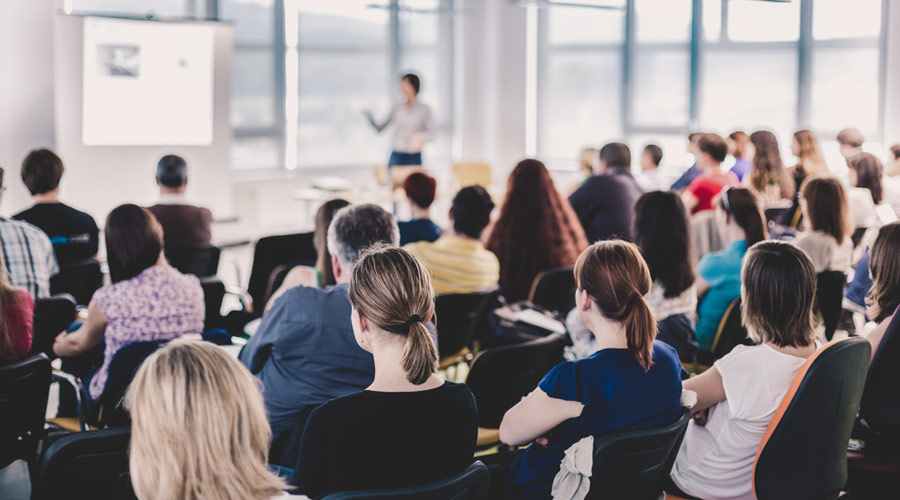At a time when the Internet is filled with information that is often incorrect, some schools are making an effort to speak to students on how to sieve right from wrong and true from false.
For example, they are asking students to cross-refer materials when they are doing research for a project; or to check the date of a piece of news on social media to understand its possible lack of relevance in the present context.
These are baby steps but the schools said they felt the lessons on how to use the Internet to get proper information had become essential.
Children now rely heavily on the Internet and given their easy access and belief in the online world, the teachers said it was necessary to teach them to take what they read or see with a question on their mind.
Some institutions are organising separate sessions with senior students; in some others, teachers are addressing students in class.
"There is a surfeit of fake information all around and we have to inculcate in our children the habit of being responsible consumers. A piece of information can be malicious. Eventually, the idea is to get them to question," said Amita Prasad, director, Indus Valley World School.
Prasad conducts sessions with senior students with a presentation that she has prepared on media literacy that asks them to be sceptical.
At Loreto House, during assembly, students are to read news headlines. The instruction to them is to refer to a newspaper and not social media.
At a programme at St James' School recently, Australian consul general Rowan Ainsworth told students that in this age of "Internet information and misinformation, disinformation, critical thinking really is paramount".
At Calcutta International School, students are being taught to verify the information they gather for curricular research with a secondary source.
The school said it wanted students to tell the difference between a fact, an opinion, a perspective and a value judgement.
"Sometimes there can be a piece of information where there is a bias. One has to know how to filter out the bias," said Tina Servaia, principal, senior school, Calcutta International School.
Students are constantly using social media and they have to understand the ramifications of a post before making one, said Servaia
"There are so many social media outlets and platforms. We cannot monitor them all but we can teach the students the difference between right and wrong," said Rodney Borneo, principal, St Augustine's Day School Shyamnagar.
More than one school admitted that monitoring has become impossible. The important thing in the present scenario is to teach the child to be responsible.
"One site leads to another and they can be misleading. They (the children) believe in the Internet and so they might be led into believing what might not be right. So, they have to be trained," said Aruna Gomes, principal, Loreto House.
Terence Ireland, principal of St James' School, said children have to be trained to not fall for rumours.
"There is so much to learn from the Internet and so much can bring us down. With training, they will learn to differentiate right from wrong. Every teacher has to do that," said Ireland.
